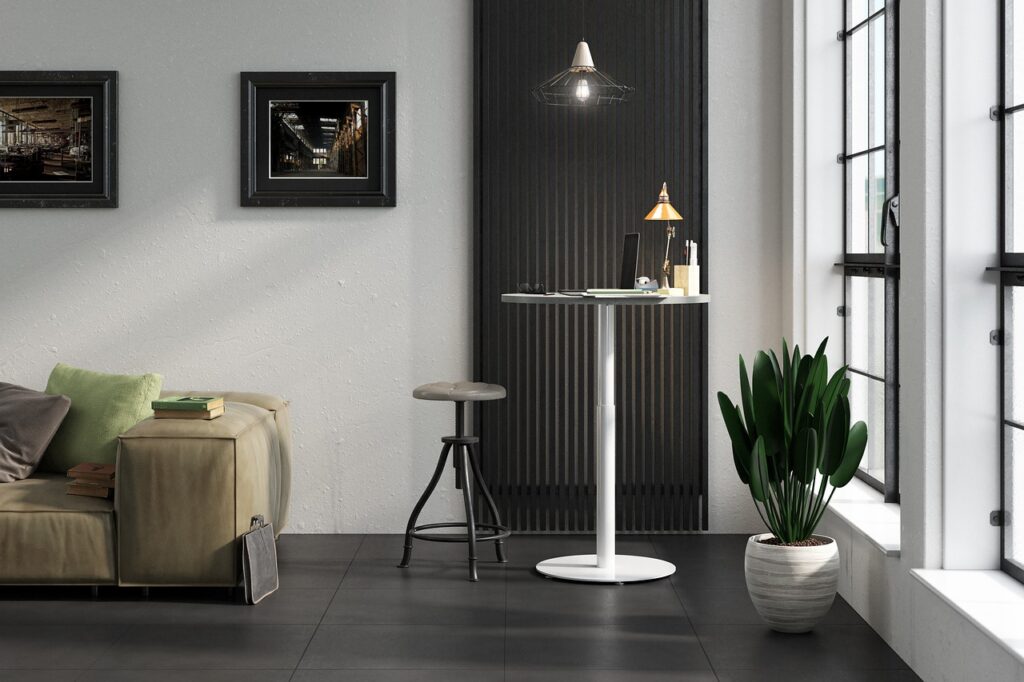In today’s dynamic and evolving business landscape, creating multifunctional spaces is essential for maximizing the use of commercial interiors. The ability to seamlessly transition between offices, retail, and hospitality spaces provides flexibility, adaptability, and cost-effectiveness. Commercial interior design companies play a pivotal role in utilizing space planning and design and build strategies to create multifunctional environments that cater to diverse needs. In this article, we will explore the significance of creating multifunctional spaces and delve into the various elements and considerations involved in designing versatile environments for offices, retail, and hospitality.
Also read:Top Trends of Office Interior design evolving in 2023
I. Understanding the Importance of Multifunctional Spaces
Maximizing Space Utilization
Multifunctional spaces allow businesses to optimize the use of their commercial interiors. By creating environments that can accommodate multiple functions, such as offices, retail areas, and hospitality spaces, businesses can make the most efficient use of their available space and resources.
Flexibility and Adaptability
Creating multifunctional spaces provides the flexibility and adaptability necessary to respond to changing business needs and trends. These spaces can be easily reconfigured to accommodate evolving requirements, allowing businesses to adapt to market demands and operational changes with ease.
II. Leveraging Commercial Interior Design Companies for Multifunctional Spaces
Expertise in Space Planning
Commercial interior design companies possess expertise in space planning, enabling them to design multifunctional spaces that maximize functionality and adaptability. They carefully analyze the specific needs and requirements of each business and develop space plans that accommodate multiple functions seamlessly. By collaborating with commercial interior design companies, businesses can ensure that their multifunctional spaces are efficient, aesthetically pleasing, and aligned with their goals.
Our space planning services in commercial interior design focus on optimizing the functionality and efficiency of your workspace, ensuring a seamless and well-utilized layout.
Design and Build Strategies
Commercial interior design companies employ design and build strategies that allow for the seamless integration of various functions within a single space. They utilize innovative design techniques and construction methods to create flexible layouts and utilize materials that enhance versatility. Through their expertise in design and build, commercial interior design companies ensure that the multifunctional spaces are practical, durable, and visually appealing.
Our design and build services in commercial interior design offer a comprehensive solution from concept development to final construction, ensuring a seamless and efficient process.
III. Key Considerations for Multifunctional Spaces
Clear Definition of Functional Areas
Clear definition of functional areas is crucial in multifunctional spaces to avoid confusion and create a sense of organization. Commercial interior design companies utilize spatial zoning techniques, such as the use of partitions, furniture placement, and visual cues, to establish distinct areas for different functions. This ensures that each function within the space has its designated area while maintaining a cohesive overall design.
Flexibility in Furniture and Fixtures
Choosing flexible furniture and fixtures is essential for multifunctional spaces. Commercial interior design companies select furniture and fixtures that can be easily rearranged or reconfigured to accommodate different functions. This includes modular furniture, movable partitions, and versatile storage solutions. Flexibility in furniture and fixtures allows for easy adaptability and reorganization of the space as needed.
IV. Design Elements for Multifunctional Spaces
Versatile Lighting Design
Lighting plays a significant role in creating multifunctional spaces that can transition between different functions seamlessly. Commercial interior design companies utilize a combination of ambient, task, and accent lighting to create versatile lighting schemes. This includes the use of adjustable fixtures, dimmable lights, and lighting controls to cater to specific lighting requirements for different functions within the space.
Flexible Technology Integration
Integrating technology in multifunctional spaces enhances their versatility and functionality. Commercial interior design companies incorporate flexible technology solutions, such as wireless connectivity, multimedia systems, and adjustable displays. These technologies enable the space to adapt to different needs, whether it’s for presentations, interactive displays, or collaborative work.
Materials and Finishes
The selection of materials and finishes is crucial in creating multifunctional spaces that are visually appealing and durable. Commercial interior design companies choose materials that are versatile, easy to maintain, and suitable for various functions. This includes durable flooring options, adaptable wall finishes, and versatile textiles that can withstand different usage requirements and complement the overall design aesthetic.
V. Optimizing Flow and Circulation
Efficient Traffic Flow
Efficient traffic flow is essential for multifunctional spaces. Commercial interior design companies consider the movement of people within the space and plan for efficient circulation paths. This includes strategic placement of furniture, clear wayfinding signage, and consideration of accessibility requirements. Optimizing flow and circulation ensures that the space is easily navigable and promotes a seamless transition between different functions.
Accessibility Considerations
Inclusive design and accessibility are crucial aspects of creating multifunctional spaces. Commercial interior design companies ensure that the space complies with accessibility standards, including the provision of accessible entrances, ramps, elevators, and restrooms. By incorporating inclusive design principles, businesses can ensure that their multifunctional spaces are accessible to all individuals, regardless of their abilities.
VI. Conclusion
Creating multifunctional spaces that seamlessly transition between offices, retail, and hospitality is essential for businesses seeking flexibility, adaptability, and cost-effectiveness. Commercial interior design companies leverage space planning and design and build strategies to create versatile environments that maximize space utilization and accommodate diverse functions. By considering key elements such as clear functional area definition, flexibility in furniture and fixtures, versatile lighting design, technology integration, material selection, optimized flow and circulation, and accessibility considerations, businesses can create multifunctional spaces that meet their specific needs and enhance overall functionality. By collaborating with commercial interior design companies, organizations can ensure that their multifunctional spaces are efficient, visually appealing, and conducive to productivity and customer engagement.
Also read:Top 20 Office Interior Designer Companies in Delhi NCR





